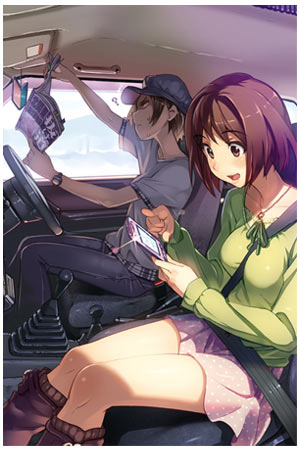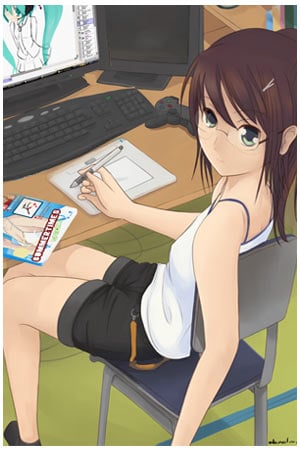The Japanese language has not one but three writing systems: hiragana, a syllable-based system for expressing sounds and grammatical particles; katakana, used for foreign-loan words and names of people and places; and kanji, for expressing the more complex meaning in a sentence. (You could argue that the “fourth” writing system is the English alphabet, which the Japanese use to insert happy phrases like “I’m calling the STAR RISE” randomly into songs.) The role of katakana is a unique one since it’s used for foreign words which are always being updated to reflect new trends, especially as the pace of technology has picked up in age of the Internet. Unfortunately this creates a huge gap in Japanese society between young people who surf the web from their スマホ (smart phone) or タブレット (tablet computer) while downloading the latest アプリ (appli, aka application), while older Japanese have no idea what anyone is talking about. While some older Japanese muddle through with a katakana dictionary specifically made for keeping them up-to-date on new loan words, many just switch them off entirely, avoiding the inflow of new and confusing words altogether.

Newfangled words like “smart phone” are hard for older Japanese.















